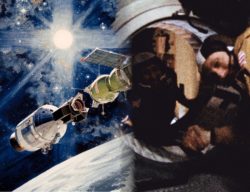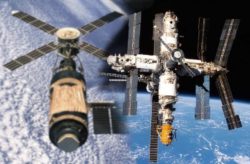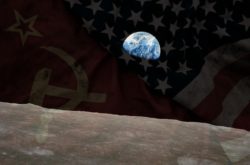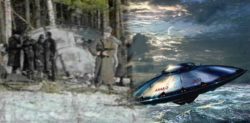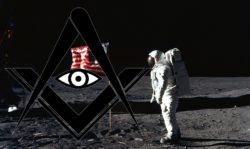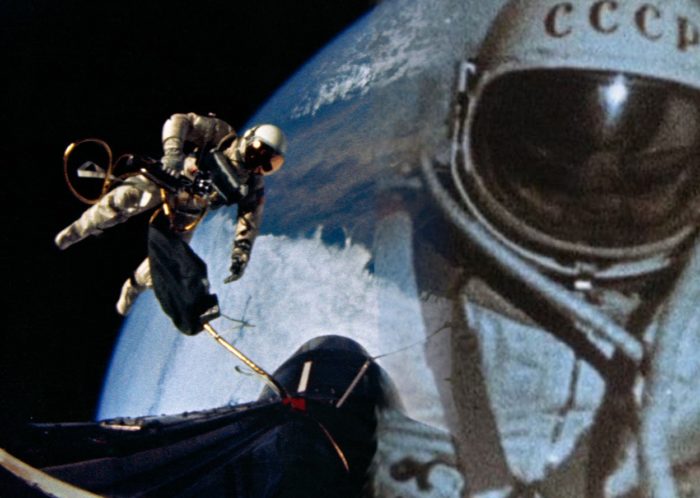
Into The Heavens: The First Humans In Space And The Underlying Drive Of The Cold War
- By
- December 22, 2020
- September 29, 2021
- 15 min read
- Expert Opinion
- Posted in
- Space, History
In our article looking at the very early history of the Space Race we examined how the roots of the drive to reach the stars resided in the desire of the Nazis to create ever more advanced weaponry during the Second World War.
Following the end of this most bloodiest of conflicts, a new, almost unspoken war began – the Cold War – which would see the United States and the Soviet Union look increasingly suspiciously at each other amid their desires to promote their opposing ideologies. Out of this suspicion, each country began to pick-up as many of the advanced Nazi scientists as they could, so that they might continue their advanced weapons work for t...
Fact Checking/Disclaimer
The stories, accounts, and discussions in this article may go against currently accepted science and common beliefs. The details included in the article are based on the reports, accounts and documentation available as provided by witnesses and publications - sources/references are published above.
We do not aim to prove nor disprove any of the theories, cases, or reports. You should read this article with an open mind and come to a conclusion yourself. Our motto always is, "you make up your own mind". Read more about how we fact-check content here.
Copyright & Republishing Policy
The entire article and the contents within are published by, wholly-owned and copyright of UFO Insight. The author does not own the rights to this content.
You may republish short quotes from this article with a reference back to the original UFO Insight article here as the source. You may not republish the article in its entirety.
